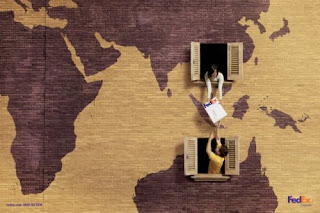PROJECT BRIEF
After meeting Mark Perry and being introduced to the overall feel of how the documentary will be, we were invited to gather as much information of what he was looking for in his title sequence.
"Opening credits have a larger job to do. They have to set up the movie. They have to get the audience prepared for what they're going to be seeing. Tone, content, all of those things need to be set up in the opening credits. How do the credits serve the film? How does it prepare the audience for the film?"
The time period: basically when the Civil Rights movement established itself, and the duration of that period.
Conflicts: African American men and women willing to serve and defend our country but struggling with racism.
Mood: Tension, anticipation, mystery.
Duration: 7 seconds per credit, approx. 1 minute long in length.
Colors: Preferably neutral
Personally likes the Casino Royal opening credits.
PROCESS
My process of coming up with a concept was a bit rushed because we were handed this project right before I left for a vacation to visit my family. I first took a look at several documentaries, books, and internet resources on African American soldiers in the wars that happened during the Civil Rights movement.
Seeing as Mark Perry said he enjoyed the Casino Royal opening, I got the inspiration of using moving planes in my animation. I wanted to keep a neutral pallet with parchment texture and use some symbolism.
Type choice: Trade Gothic was designed between 1948-1960 for Linotype. Its a classic for newspapers.
Aachen was designed between 1963-1969 for advertising.
CONCEPT STATEMENT
The flag of the United States has become a powerful symbol of Americanism, proudly displayed to show our nationalism, it unifies us as a country. The African American culture of our society struggled between wanting to be a part of our nationalism, fighting for our country, but facing adversity and racism every step of the way. When you take the colors out of the flag, the stripes become segregated bars of white and dark gray, you get a sense of segregation and imprisonment. As you follow the flag through each scene of a young man who wants to fight for his country, as so many uncredited african american soldiers have done in the past during the civil rights movement, the credits of the documentary are displayed.
STORY BOARDS
CRITIQUE
Move credits further into the animation instead of having them at the start. Add an extra element to have far in the background. Show transitions between frames a bit clearer.
FINAL


















